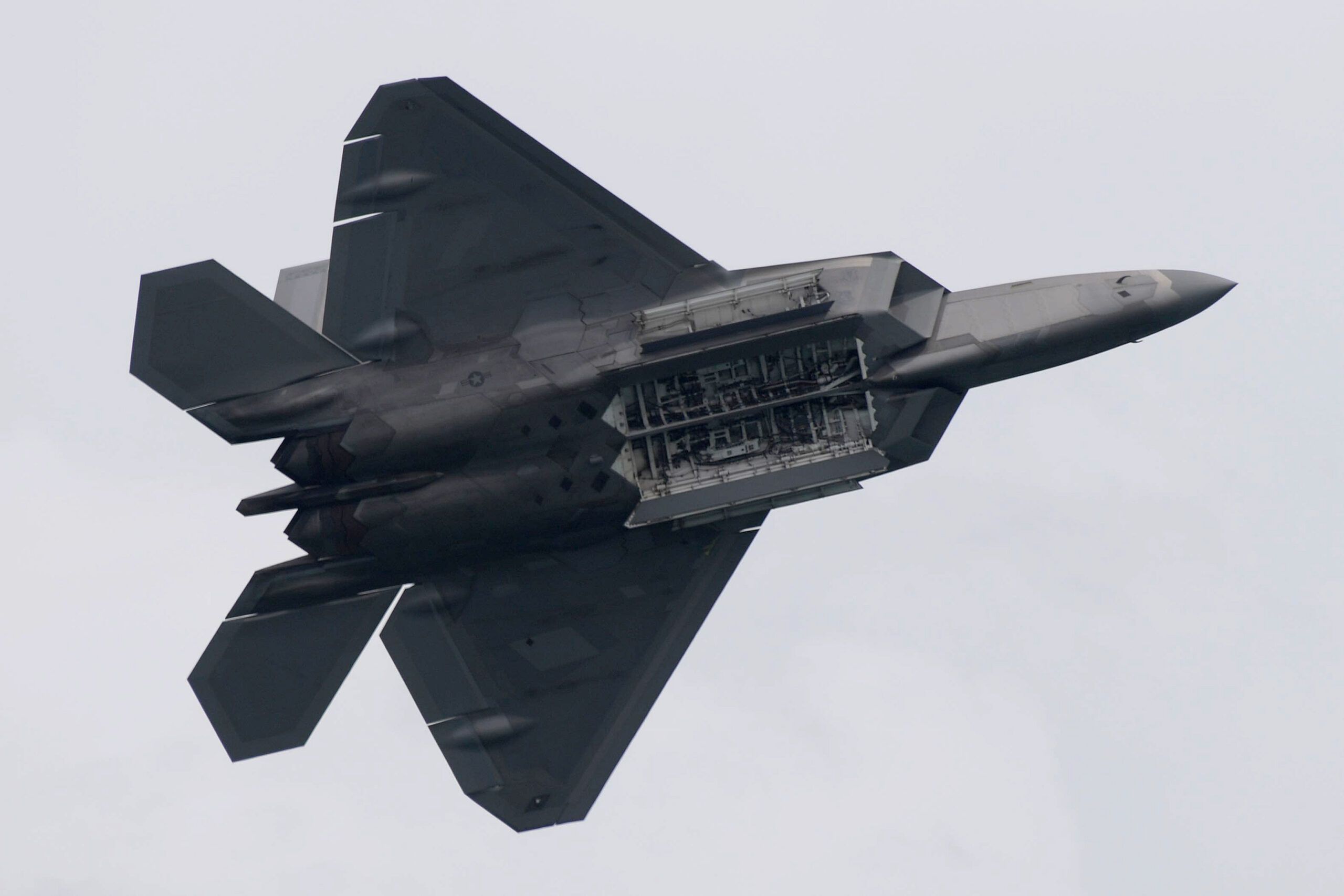blackjack
Senior Member
- Joined
- Dec 14, 2021
- Messages
- 2,493
- Likes
- 5,324
it is actually, much harder to find a target at lower altitude, since the radar need to pick out target from ground clutter. A target at lower altitude can always hide their return better due to higher noise floor
Furthermore, even with IRST or EO sensor picking out target from sky background is always easier than surface background, because ground surface is hotter and less uniform
That is only if the radar beam touches the ground at a certain distance. The tilt of the beam can be adjusted to avoid the ground at a certain distance. It is very possible to adust radar beams to scan the airspace more than to scan the ground. Not only that but the 2 degree by 2 degree radar beam of a F-22 shows you can even adust the width to avoid ground clutter as well.
Those small degrees matter in RCS returns. If we get the surface area of the F-35 is the wing area taking account of the length and width the surface area is 43 meters. My only suggestion is that the bottom area of stealth aircrafts is that they are treated better for stealth than the topside.If we are being completely honest, the different in altitude make up a very small different in angle.
For example:
let say: F-35 cruising at altitude of 40,000 ft (12.2 km) while Su-57 cruise at 60,000 ft (18.2 km)
18.2-12.2 = 6 km in height.
Using very simple trigonometry, you can see that with 6 km in height
If the 2 aircraft are 400 km apart from each other, the look down angle from Su-57 is 0.85 degree
If the 2 aircraft are 300 km apart from each other, the look down angle from Su-57 is 1.15 degree
If the 2 aircraft are 200 km apart from each other, the look down angle from Su-57 is 1.72 degree
If the 2 aircraft are 100 km apart from each other, the look down angle from Su-57 is 3.4 degree
In other words, the different is very negligible to the point that it hardly matter at all, unless, we are at super close distance, like 30-40 km.
Besides, in case Su-57 looking at F-22/35 from top down, then these fighter will be tracking Su-57 from belly up, which is not exactly clean either. Not to mention that the aircraft at lower altitude will enjoy the high clutter background
I see angles on the bottom of the Su-57 as I do with the F-22
The mission profile is suited for the Su-57 to carry air to ground missiles than air to air missiles based on its based on its layout. But it will be difficult to get a higher flight ceiling than the Su-57 which will see your worst than your best.
In case you dont know how to read I am talking about a project in development nowhere did I say they have set production numbers.How many Mig-41 currently in production?: Zero
How many Mig-41 prototype currently being tested? Zero
There are as many Mig-41 now as there are SR-72
paper projects doesn't mean anything even if producer claim it will fly at 100 times faster than sound.
Перехватчик МиГ-41 станет самолетом шестого поколения - Российская газета (rg.ru)
The MiG-41 interceptor will be Russia's first sixth-generation combat aircraft. It is being developed as part of the project of a promising long-range interception aircraft complex (PAK DP), Senator, Deputy Head of the Federation Council Committee on Defense and Security Viktor Bondarev told TASS.
Well they claimed the F-22 was 0.3 - 0.4m2 while putting the Su-57 at 0.5m2 for average RCS estimates, the 2005 aviation article gave a .0001m2 estimate but said from the Front which suggest they did not give the average RCS of the aircraft. Rostec has developed a stealth material to provide. | Su-57 (PAK FA T-50) / S-70 Okhotnik | VK They made a stealth coating that doesn't need to maintain any kind of restoration like the cracks of some of the coatings we saw on certain stealth aircrafts. With the average RCS of 0.5 being accounted for by just its shape and on the material absorbing 95% we would get a 0.025m2 average RCS (yes they even treated the existing cockpit with some kind of coating and supposedly besides getting new avionics they are getting an upgraded cockpit on the Su-57 for the next batch of aircrafts by 2025)I don't quite understand your proposal?. So somehow Su-57 can just circle around the F-35/F-22 ground at Mach 2, yet invisible to IRST sensor?. What make you think Su-57 will get the 1st initiative to know where F-22/F-35 is?
Assuming the F-22 is searching for a target with supposed claims of 1m2 in a 120 degree radar beam at a distance of either 200km-240kms we can use Dragon029s square root formula to determine that 0.025m2 would be super duper close to the point it looks like a dog fight combat is engaged. The existing OLS-35 was claimed for 30km at the front but this was a long long time ago. They basically created handheld cameras that have high quality shortwave infrared resolution at a 20km range «Росэлектроника» разработала «всевидящую» инфракрасную камеру с дальностью обнаружения до 20 км (ruselectronics.ru)
Then Shvabe made breakthroughs for supposedly next generation infrared systems and that increasing the quality percentage of Germanium allowed better tracking at further ranges.
Besides infrared, The F-22 has to 1st realize it is passively getting tracked before swervingand before the Su-57 pilot turns the radar back on approaching the F-22 at its undesirable angle.



